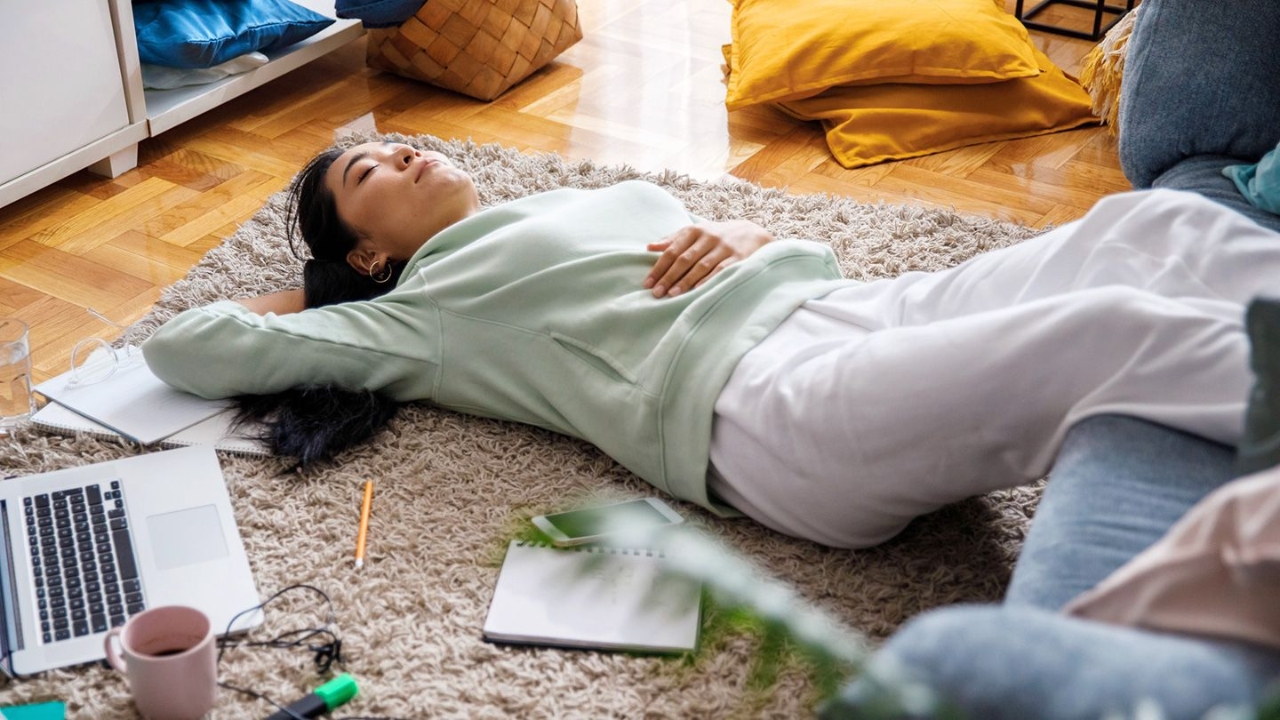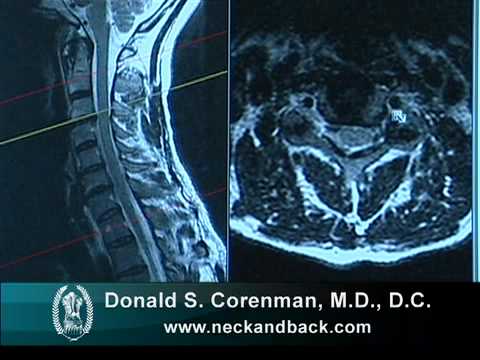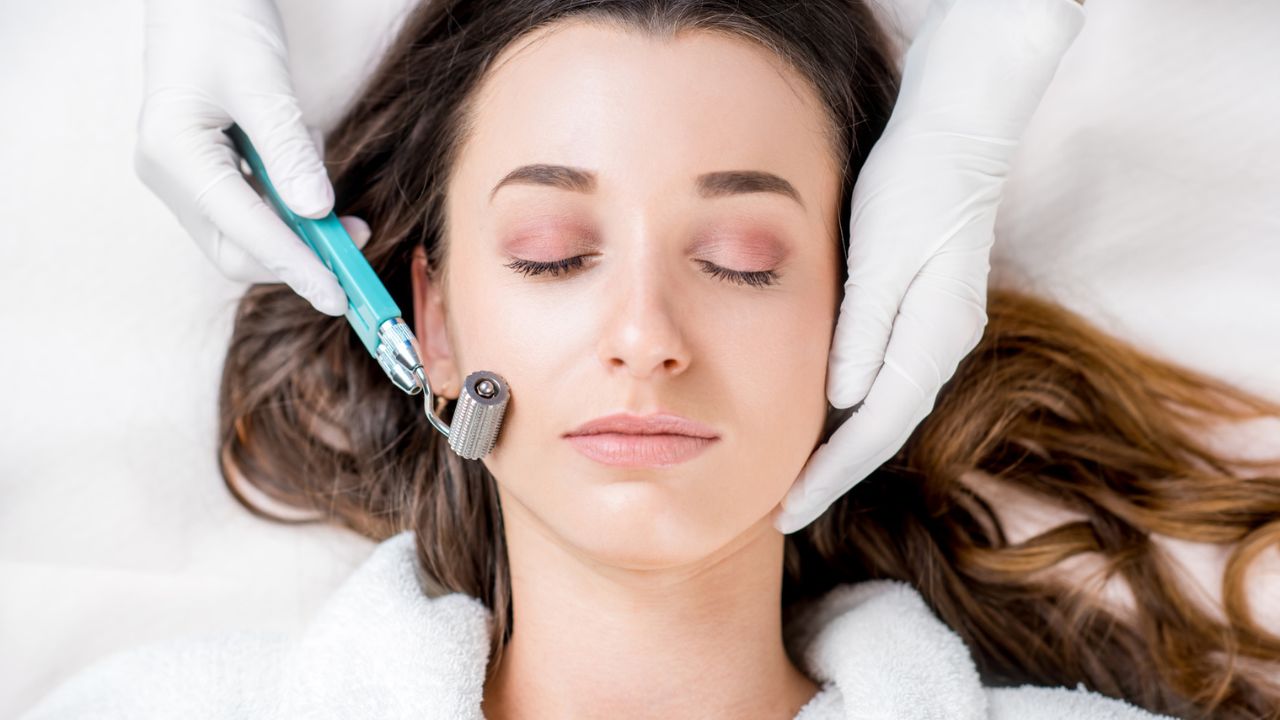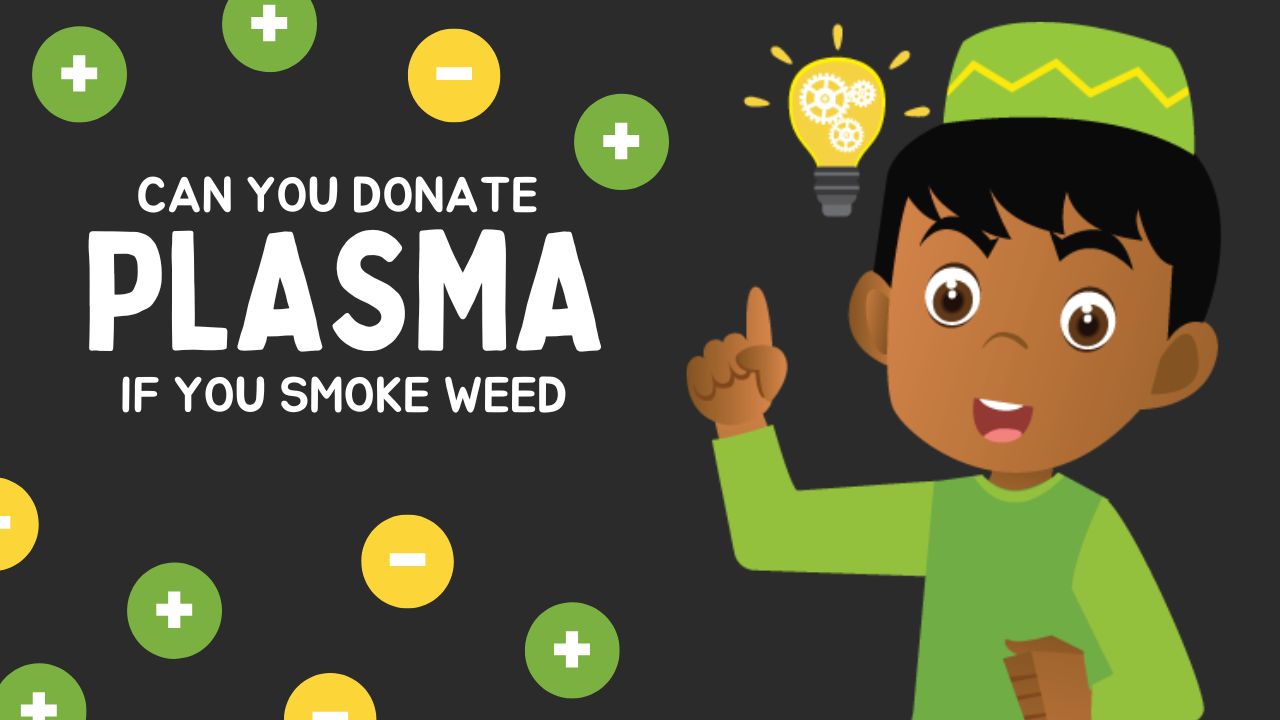How to Take a Power Nap

Adenosine is a crucial molecule that is produced in your body and is responsible for increasing your desire to sleep. This chemical works its way up a person’s system until they finally give up and either go to sleep or take a short nap. This method is absolutely necessary for the healing of your body.

When it comes to the topic of discussing sleeping patterns and the quality of one’s sleep, there are a great number of contrasting viewpoints and questions, such as “should one engage in physical activity before going to bed?” “Are chronotypes the most important factor in deciding how much sleep one needs?” The question is, “Do power naps offer more benefits, or can they possibly affect the quality of your sleep?”
Why is adenosine important?
The increase in a person’s urge for sleep that results from exposure to adenosine is referred to as “sleep pressure” or “a person’s sleep drive.” The sleep drive of an individual is what assists the body in maintaining sleep-wake homeostasis, often known as the ideal quantity of sleep and wakefulness throughout time.
When a person stays awake for longer periods of time, their need to sleep grows stronger. To put it another way, it is a chemical that continues to build up in your body over time. The more that it builds up, the more exhausted you will become.
Is there anything that prevents adenosine accumulation?
The first explanation is the simplest: engaging in strenuous activities, such as sports and other athletic pursuits, contributes to the production of the chemical in your body. The accumulation can be stopped by things like coffee and naps. As a consequence of this, there is a possibility that your sleep may be negatively impacted if you drink excessive amounts of coffee or take excessive naps.
How can you avoid nap abuse?
We are all well aware of how pleasurable and beneficial a nap can be. But how many more than enough is it? If we take the situation in its most basic form, we may say that it is analogous to eating a snack before supper. The act of snacking on it is immensely enjoyable but keeps in mind that your stomach is not a bottomless pit with no way out.
It is the same with napping; a certain amount of adenosine in your body gets used up, and if you nap too much or too close to the time that you normally sleep, you simply won’t be able to fall asleep at night. If you nap too close to your regular sleeping time, however, you won’t be able to fall asleep at all.
Therefore, if you feel the want to sneak in yet another power nap, you should stop and give it some serious thought. Recent research suggests that older persons should be mindful that taking frequent short naps for extended periods of time may be an early indicator of dementia.
Therefore, make sure to keep an eye on anyone older who is a member of your family or group of friends. It is essential to keep in mind that napping can be quite beneficial, but only if done so in moderation and not to an excessive degree.
How long should a nap last?
It is fairly straightforward. If you have only slept for four to five hours or if you have been awake for a long period of time, you should consider taking a power nap. However, it would be ideal if you could squeeze it in between 20 and 90 minutes before 4 o’clock at the latest. If you can’t do that, the next best thing would be to do it earlier.
You might wonder why are the options so limited to 20 to 90 minutes. The total duration of one complete cycle through all stages of sleep is around ninety minutes.
For instance, if you go to bed and sleep for an hour and a half, there is a possibility that you will awaken while in the deep sleep stage. During the stage of deep sleep, your body will feel lethargic, achy, and exhausted when you awaken. It is almost as if you were awake and have acquired additional adenosine in this state.
Taking power naps with a twist
There is a particular method that was developed in Italy, which is known as the country with the most professional nappers. Do you happen to be familiar with the term nappuccino? It is a really useful trick to improve the effectiveness of your slumber.
How does it work? After setting an alarm for twenty minutes’ time, consume one shot of espresso, and then make an attempt to go to sleep. If you are able to nap for twenty minutes and wake up feeling more refreshed than before, the caffeine in your coffee will begin to take effect and make you feel more alert than before.
If you aren’t sure if you’re ready to try out this method, just begin by setting an alarm for twenty minutes from now. This will cause you to wake up before you enter the deep sleep stage, which will keep you from feeling disoriented and weary after a short snooze.
Energy-boosting power naps
You should practice moderation in everything you do in life, even taking power naps, which are an excellent method to reinvigorate your body and increase the amount of work you get done.
The amount of time spent napping should range from 20 to 90 minutes, and there should be no more than one nap each day. If you give these easy methods and suggestions a try, you will soon find that you look forward to your naps and experience a noticeable increase in your level of energy.
- Your Ultimate Guide to Travel Insurance for Adventure Sports
- A Guide to Renters Insurance for Pet Owners: Pet-Proof Your Policy
- Safeguard Your Future: Understanding Identity Theft Insurance
- Safeguard Your Event: Understanding Event Cancellation Insurance
- Everything You Need to Know About Critical Illness Insurance Riders
- Home Equity Loans vs. HELOCs: Which is Right for You?












